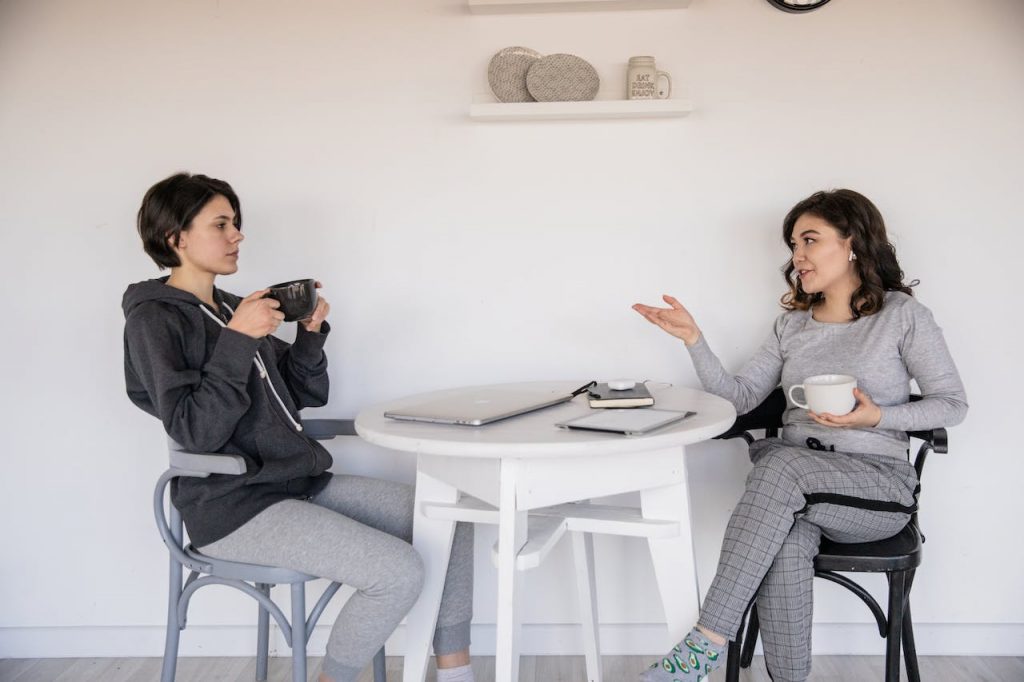Communication in the world of education? It’s like this life-giving river that’s not just watering the plants of learning but soaking them. Across the globe, in classrooms of every shape and size, how kids yak away, tune in to others, and mix it up in conversation isn’t just some sideshow; it’s the main event for their growth – brains, hearts, and all.
We’re about to shine a light on how chit-chat in class isn’t just about hitting the books but also about growing up socially and emotionally. Understanding the oomph behind words and how to use them? That’s the key to unlocking a whole new world of smarts and heart-to-heart connections.
Talking Up a Storm for Smarts
In the bookish world, talking isn’t just passing notes; it’s like building a bridge from ‘Huh?’ to ‘Aha!’. If you can grab well and get what others are laying down, you’re on track for a win in the academic game.
And hey, don’t forget about vocabulary. It’s like having this mega toolbox, letting you grab complex ideas and spit them out in your own words. Studies are all over it, linking a hefty vocab to better grades and understanding.
When you get kids together, chatting and tossing ideas around, that’s when the magic happens. They start thinking sharper, understanding deeper. It’s like they’re cooking up a brainy stew where everyone’s throwing in different spices. This isn’t just about making one kid smarter; it’s about stitching a community fabric in school, all tied up with shared goals.
Chatting for the Heart and Soul
But hey, yakking isn’t all about book smarts. It’s a heavy hitter in the feelings and friendship department too. Social Emotional Learning (SEL) – that’s the fancy term – is all about meshing feelings, empathy, and getting along with others right into the school curriculum. Being a good talker and listener is at the heart of SEL, helping kids say what they feel, see things from others’ shoes, work out squabbles, and make solid friendships.
Schools that are big on SEL? They see awesome stuff happening. Kids not only do better in class but also play nicer and feel happier. By teaching the art of conversation, teachers are handing kids the keys to managing their emotional world, understanding others, and being ace at socializing. This isn’t just prep for tests; it’s prep for life, giving them the tools to vibe well in all sorts of crowds.
Words: The Classroom Game Changers
In a class, every word a teacher drops, every bit of feedback, it all shapes the vibe and can pump up or bum out a student big time. Teachers slinging positive, uplifting talk make a classroom feel safe and sound, ripe for learning and growing. This kind of talk boosts kids’ confidence and gets them all in on learning.
On the flip side, a harsh word can slam the brakes on a kid’s will to speak up, dent their self-image, and throw off their learning groove. So, it’s mega important for teachers to watch their words, creating a place that’s all about curiosity, questions, and giving every voice a chance to shine.
Mixing Up Smarts, Feelings, and Social Know-How
Blending brainy stuff with heart and social skills – that’s the ticket for schooling that really counts. When schools get this mix right, the results are off the charts. Kids aren’t just nailing tests; they’re rocking at being pals and staying cool under pressure.
In a world that’s changing by the second, being book-smart, heart-smart, and people-smart is the winning combo. Schools rocking this approach mix up book learning with activities that get kids working together, feeling for each other, and handling their emotions like champs. This creates a place where kids aren’t just hitting the books; they’re growing as people too.
Facing Today’s Classroom Conundrums
Today’s classrooms are a mixed bag, with challenges like a tower of Babel language scene, tech moving at warp speed, and kids all over the map in how they learn. Teachers need to be like educational ninjas, adapting and swinging with all sorts of teaching styles to hit the mark for every student.
Differentiated instruction is key. It’s about teachers switching up their game to reach every kid, whether that means extra help for language learners, tech tricks for the digital whiz kids, or smaller groups for those who need a tighter focus.
And teachers? They’ve got to keep learning too and engaging experts to discover how best to engage their peers. Ongoing training is a must, filling their toolkits with the latest in cultural know-how, tech-savvy, and teaching tricks that welcome all kinds of learners. This will reduce the popularity of the search phrase “do homework for me” as students are well-equipped to tackle their assignments.
Wrapping It Up
Bottom line: how kids talk and listen in class is a big deal. It’s not just about acing tests; it’s about being cool in their skin, getting along with others, and being ready for whatever life throws at them.
For teachers, parents, and the bigwigs making the rules, making sure kids can chat it up right is key to a learning space that’s not just smart, but kind, supportive, and ready for the future. By tackling the tough stuff and grabbing the chances to teach communication, we’re setting up the next generation to win in school and in life.

